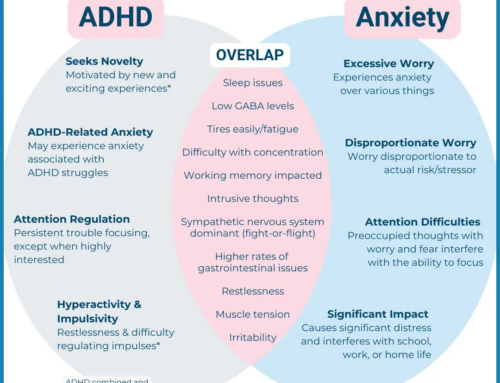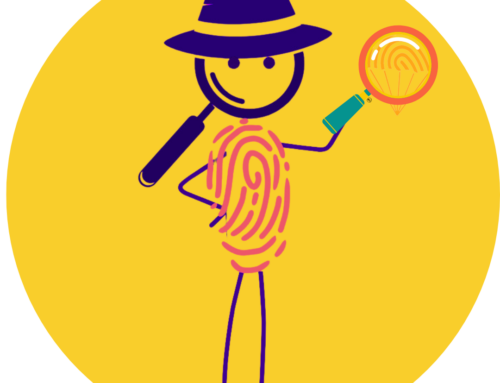Last month we conducted an informal poll on the Yellow Parachute Learning Partners Facebook page where we asked parents what was the bigger struggle of distance learning: work completion or juggling multiple schedules. Of the 88 votes we received, 45% of folks said work completion is the bigger struggle while 55% said multiple schedules are harder to manage. Since the results were so close to being evenly split, in this blog we’ll share tips to address each of the struggle areas.
Work Completion
For elementary-aged kiddos, I recommend using “Get Ready, Do, Done!” This technique helps students who may feel overwhelmed by a large assignment by giving them an idea of what the completed project looks like before they start. That way, when they are ready to work, they’ve already practiced the steps needed to complete the project and are ready to start working.
Step 1 – Divide a sheet of paper into three columns: Get Ready, Do and Done. First, identify what there is to do in the “Get Ready” column.
Step 2 – You’ll next focus on the Done column. Diagram or list what the finished product will look like.
Step 3 – Then, you want to work backwards from “Done” to figure out and list what needs to be done to complete the task. List these items in the “Do” column.
For a real-life example of how we used “Get Ready, Do, Done” in my house, check out this video.
For older students and even their parents, I recommend trying the Pomodoro technique. This method works to avoid procrastination by training your brain to think about a reward for completing a task, rather than the hard thing that’s ahead of you. Here’s how it goes.
Step 1 – Find a quiet spot and set a timer for 15 – 30 minutes. During that time concentrate on the task at hand and nothing else.
Step 2 – Once the time is up, celebrate having focused on the task with a simple reward.
For more about the Pomodoro, read our blog post dedicated to this life-changing technique!
Multiple Schedules
Juggling multiple schedules IS hard… but using a Kanban Board may help. Kanban comes from the project management world, but it’s easy to transform it into a useful tool to keep your family on track. By using columns and sticky notes, your work and/or the commitments of your family members is laid out in an easy to understand format.
Traditionally Kanban Boards have three columns: To Do, Doing and Done. I’d also recommend adding a Parking Lot column. To use a Kanban Board as a tool for juggling your family’s schedules and to-dos, give each individual a row. The benefit of a Kanban board is having everything in an easy-to-use format. You will gain satisfaction as tasks move from one column to another and be less tempted to jump from one project to the next without progressing forward with it.
Here’s a video from a local teacher who explains Kanban Boards as a tool for keeping her family’s schedules straight in the days of distance learning.
In closing, it’s ALL hard, but please remember, we’re here to help. From now through the end of the school year Yellow Parachute is offering a special on five hours of our Jump In Coaching. For more information either check out last week’s blog or email StudentConnector@YellowParachute.com
Take care,
Cara Thorpe
Founder & Visionary
Yellow Parachute Learning Partners
www.yellowparachute.com
612-361-7266








